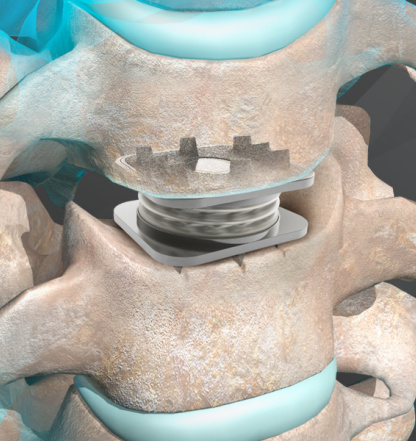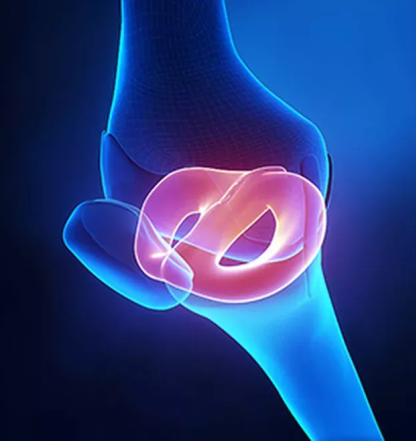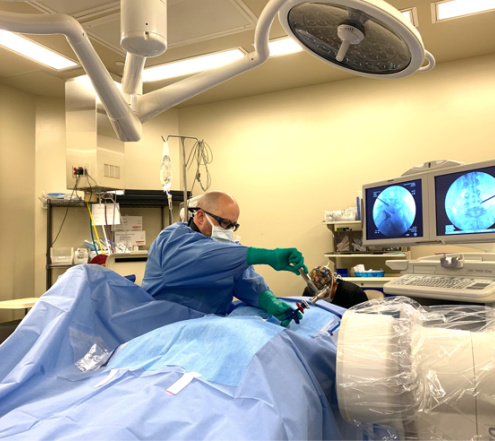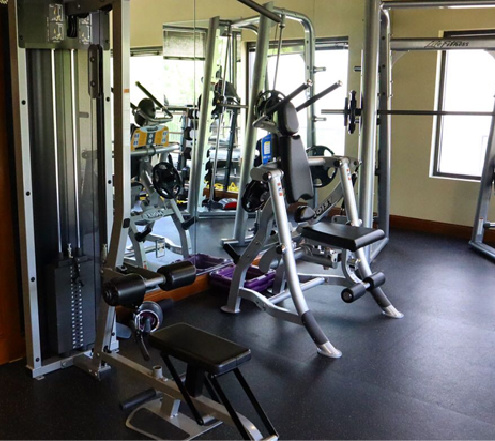If your recent back surgery has failed, leaving you with discomfort, immobility, and pain, it could be pedicle screw failure. The National Library of Medicine cited a report finding pedicle screw breakage as a significant form of hardware failure in back surgeries.
If your back surgery doesn’t go as planned, the skilled hands of Dr. James L. Chappuis, MD, could be your solution. As head of the Spine Center Atlanta team, Dr. Chappuis is at the forefront of addressing pedicle screw failure, providing pedicle screw revision through minimally invasive techniques. Read on as the Spine Center Atlanta team shares some important facts about pedicle screw failure.
About Pedicle Screw Failure
As the cornerstone of spinal fusion surgeries, pedicle screws are specifically designed to stabilize vertebrae and promote bone restoration. But as with any medical device, they sometimes fail in their task. Reasons for this can be anything from body movement to nuances in surgical technique.
How Do Pedicle Screws Fail?
Pedicle screws, once inserted, must endure incredible mechanical stress. In doing so, they can migrate, loosen, and even break due to repetitive spinal motion or pressure.
Pedicle Screw Complication Symptoms
If, following your spinal fusion, you experience chronic or persistent pain, radiating pain, or neurological symptoms, you could have a compromised pedicle screw. To avoid nerve damage, contact your surgeon as quickly as possible for an evaluation.
Revision Surgery Options for Failed Pedicle Screws
There are innovative solutions available if you are experiencing pedicle screw failure. Advanced, minimally invasive revision procedures for pedicle screws have low risk and a shorter recovery timeline.
Pedicle Screw Failure FAQ
Q: How often do pedicle screws break?
A: Pedicle screws sometimes break even though they are designed to be robust and long-lasting. The occurrence of pedicle screw breakage is statistically low. Reasons for failure might include hardware quality, the accuracy of placement, or a higher-than-usual activity level after surgery.
Q: What does a broken pedicle screw feel like?
A: If you have a broken pedicle screw, you may have symptoms, or you may not. Although patients aren’t feeling any specific at the breakage site, they could feel increasing back pain, nerve compression, or spine instability. Consult your doctor if you have sharp pains, numbness, or muscle weakness.
Q: How do I know if I damaged my spinal fusion?
A: Damage to your spinal fusion generally manifests as pain, less mobility, tingling, or weakness in the limbs. It’s crucial to be on the lookout for new symptoms post-surgery. If you develop symptoms, your doctor will request X-rays, CT scans, or an MRI to detect any issues with hardware or the fusion process.
Conclusion
Cutting-edge, minimally invasive methods for pedicle screw revision can lead to superior recovery experiences and fewer complications after a failed back surgery. Our proven techniques at Spine Center Atlanta offer effective paths to better patient outcomes and surgical success.
Still Have Questions? We Can Help
Discover a path to recovery and an escape from failed back surgery at Spine Center Atlanta.
We specialize in pedicle screw revision surgery, tailored to each patient with precision and compassion. Our committed team of spine specialists has years of extensive research behind them. Their advanced surgical expertise ensures you receive superior surgical outcomes.
Contact Us
A failed surgical fusion doesn’t have to be the end of your story. With our help, you can enjoy the spinal restoration you deserve.
For genuine compassion and surgical excellence, contact the team at Spine Center Atlanta today.





























